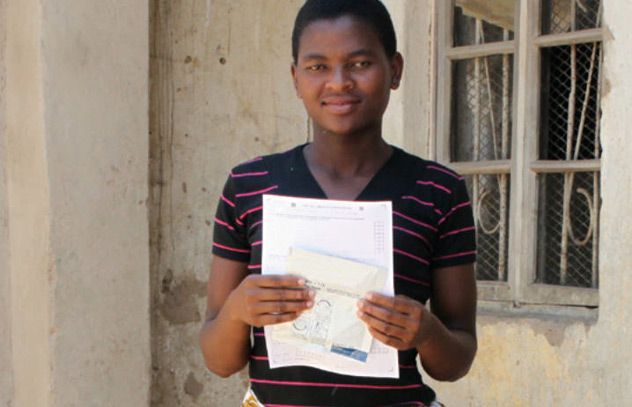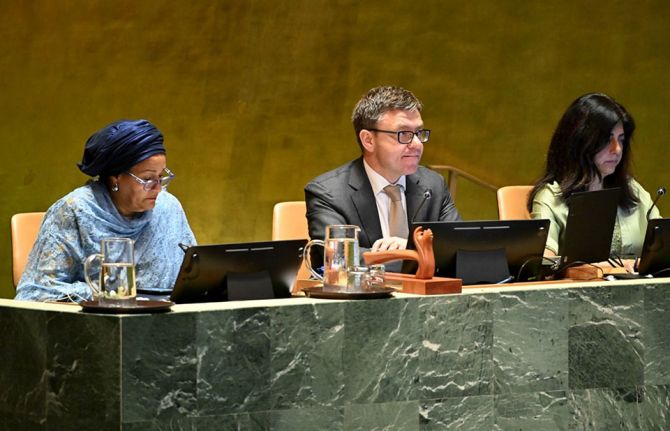

The technical update provides an analysis of the potential benefits and risks of HIV self-testing, as well as programmatic approaches, policies and regulatory considerations. It also emphasizes that UNAIDS and WHO strongly oppose any instance of compulsory or mandatory testing of individuals.
Feature Story
Scaling up access to HIV testing through new technologies
27 May 2014
27 May 2014 27 May 2014What is HIV self-testing and what could it accomplish? This is the first question that a new UNAIDS/WHO technical update on self-testing for HIV addresses. The update aims to synthesize experiences, research and policies on HIV self-testing in order to inform stakeholders who are considering or already implementing such an approach.
Stigma, discrimination, lack of privacy and long waiting times and travelling distances are among the common disincentives for HIV testing. New screening tools, such as HIV self-testing, overcome these barriers, making HIV testing simpler and more convenient.
Countries are at different states of readiness with regard to self-testing. Kenya, for example, has included self-testing into national policies and guidelines. Malawi, South Africa and Zimbabwe are considering its introduction. The United States Food and Drug Administration approved in 2012 over-the-counter sales of the first oral self-test for HIV. The United Kingdom of Great Britain and Northern Ireland legalized the sale of self-test kits as of 1 April 2014, and France has announced plans to approve over-the-counter sale of HIV self-test kits in 2014. In some other countries, HIV self-testing remains explicitly illegal or there are no formal regulations or policies.
The technical update provides an analysis of the potential benefits and risks of HIV self-testing, as well as programmatic approaches, policies and regulatory considerations. It also emphasizes that UNAIDS and WHO strongly oppose any instance of compulsory or mandatory testing of individuals.
HIV self-testing should be viewed as an initial, user-controlled, self-screening approach, to be followed by appropriate referral and confirmatory tests. HIV self-testing is an evolving approach that has the potential to increase access to testing and to meet the needs of key populations, who remain underserved by existing modalities of HIV testing.



